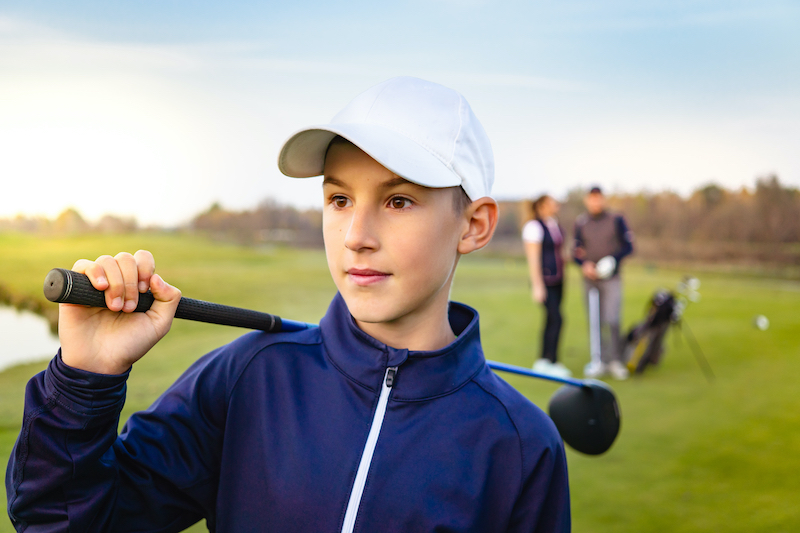With School Starting Up Again, It’s Crucial To Understand The Risks Of Single-Sport Specialization In Young Athletes
After a long summer, schools are back in session, which means children of all ages are eager to hit the ground running both in and out of the classroom. For student-athletes, this means involvement in a sport—or sports—of their choosing, which is a major commitment for some.
About 72% of school-age children—nearly 29 million—participate in at least one organized sport, which is associated with a bounty of physical and mental benefits. But a sizable portion of these young athletes choose to participate only in one sport, which can lead to almost non-stop obligations for practices, competitions, camps, and other forms of training throughout the entire year. This is called single-sport specialization, which is believed to help young athletes excel in their sport and make it to the next level of competition; however, specialization also comes with numerous risks, and it does not appear to be the best approach for young athletes.
Spelling Out the Potential Risks of Single-Sport Specialization
Single-sport specialization is a relatively recent trend in which children have been shifting away multi-sport participation to focus on the one sport they are most interested in pursuing. Parents and coaches may sway young athletes in this direction, usually because they assume that it will improve their chances of being successful at collegiate and possibly professional levels. But research has consistently shown that specialization appears to have the opposite effect on most young athletes.
Single-Sport Athletes Account for About 50% of Overuse Injuries
According to one study, sport specialization is strongly associated with overuse injuries, which occur when too much activity combines with insufficient rest and recovery. In fact, children who specialize in a single sport account for about 50% of overuse injuries seen by pediatric orthopedic specialists. Another study of 1,200 young athletes found that specialization was the strongest predictor of injury, with athletes who specialized in one sport being 70-93% more likely to experience an injury than children who played multiple sports.
Burnout is a Real Concern for Single-Sport Athletes
Children who specialize early are also at an elevated risk for burnout from stress, pressure, and diminished motivation. This may cause athletes to quit sports altogether at a young age, which could have long-term implications like lower rates of physical activity later in life. Finally, exclusively focusing on one sport early in life can prevent young athletes from working out other parts of their body, which may lead to reduced motor skill development and other developmental complications.
Young athletes should therefore be encouraged to participate in a variety of sports during their early years so that they can sharpen a variety of motor skills and identify the sports that they enjoy most. In our next blog, we’ll talk about the benefits of multi-sport participation and offer some tips to avoid overuse injuries and burnout.
If you’re concerned with your child’s risk for sport specialization, Bacci & Glinn Physical Therapy can help.

